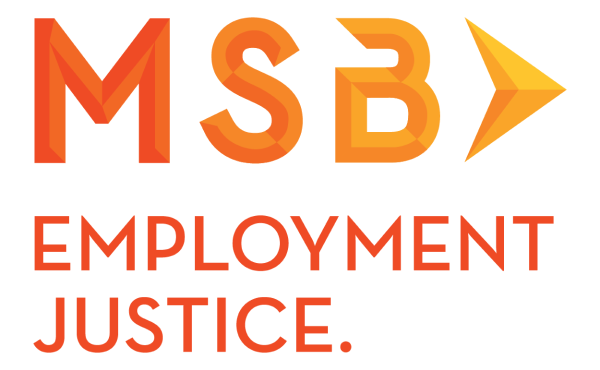One of the singular worst experiences in modern adult life is being called into your boss’s office, a hollow feeling in the bottom of your stomach, and the certainty of what is about to transpire. Many people experience being fired and laid off in their careers. But despite being relatively common, it can be a very nerve-wracking time compounded by trying to find a new job, financial tension, with your confidence often in shreds. However, it can be even worse if you are wondering whether your employer terminated your position illegally.
If you remember the events that led to your termination and you are questioning whether they were even legal, read on. It can be validating to learn that employers cannot wrongfully terminate employees. They can be held accountable for their actions.
1. Breach of Employee Contract
Take a look at the contract that you signed. Does your firing violate any terms or conditions in your contract? If you were terminated for a reason not clearly outlined in the contract that you signed, you might have solid grounds for a wrongful termination case.
Suppose you determine that you were unlawfully terminated. In that case, you can file a complaint against your former employer if they fail to deliver on the obligations and stipulations outlined in your contract.
2. Discrimination
It is unlawful for an employer to discriminate against you or terminate you because of any of these reasons:
- Race
- Sex
- Gender
- Nationality
- Disability
- Religion
- Skin color
- Ethnicity
The state of Minnesota was the first state to prohibit discrimination based on gender identity. These are protected categories. While a member of any class can be fired for a performance issue, just like anyone else, it is unlawful to remove them because they are part of one of those groups alone or made a protected report of discrimination.
Unfortunately, no matter how modern and progressive your workplace is, discrimination is still quite common. From bullying to harassment, derogatory language, and microaggressions, people in protected classes can experience unfair and unequal treatment at work.
If you believe that you have experienced workplace discrimination, contact a dedicated wrongful termination attorney today.
3. Retaliation
Were you terminated after reporting a violation or act of misconduct? There are laws in place that protect whistleblowers. And that is good news if you ever find yourself in that situation.
An employee has the right to address wrongdoing in the company. Legally, a company cannot terminate an employee for bringing unethical, fraudulent, or activities involving harassment, discrimination and state or federal law violations to their attention. If they have, then you could be the victim of workplace retaliation.
The relation also occurs when an employee asks for fair compensation for hours worked for unpaid wages or overtime hours. If you were in the middle of negotiations and were suddenly fired without cause, then there is a good chance that you have a strong wrongful termination case.
4. Infringement of Public Policy
Most states, including Minnesota, do not allow employers to violate public policy. A great example of this is when an employee becomes pregnant. A pregnant employee cannot be fired simply because of their condition of pregnancy. They are protected by the Family and Medical Leave Act (FMLA).
Similarly, your boss cannot fire you for taking care of a sick relative, exercising your right to vote, or signing up for the armed forces.
If that has happened to you, then chances are you have a solid wrongful termination case on your hands.

5. Disability
Did you request reasonable accommodation in your job and suddenly found yourself filling out unemployment claims? People with disabilities are also in a protected category. That means that a company cannot fire them just because they have a disability.
At the very least, employers can make simple adjustments to the work environment to accommodate the employee or even modify their role. The point is that there is a lot of room to ensure that a disabled person stays employed.
The Americans with Disabilities Act (ADA) protects workers with disabilities. For the ADA, a disability is defined as a physical or mental impairment that limits a significant life activity, like work. If you experienced an injury or illness and needed a few days off or another accommodation but were fired instead, you likely have a case for wrongful termination.
6. Defamation
It goes without saying that office relationships can be challenging. That’s why it’s often not surprising when a working relationship ends in a less than ideal way. However, it can be more challenging if your former employer resorted to slander and defamation.
Legally, defamation is prohibited. It is especially nefarious because it can harm your reputation and your chances of finding a new job. However, it is often difficult to prove because it often comes down to hearsay.
If you are in a situation where your employer is slandering you, keep documentation. It will be easier to prove it false in a wrongful termination case.
Take the Next Step With MSB
Losing a job is always an emotionally challenging time. If you think you could have lost your job for an improper reason, contact MSB about your options today. We are the Minnesota unlawful termination lawyers. We will help you explore your individual choices and take on your employer with confidence.



